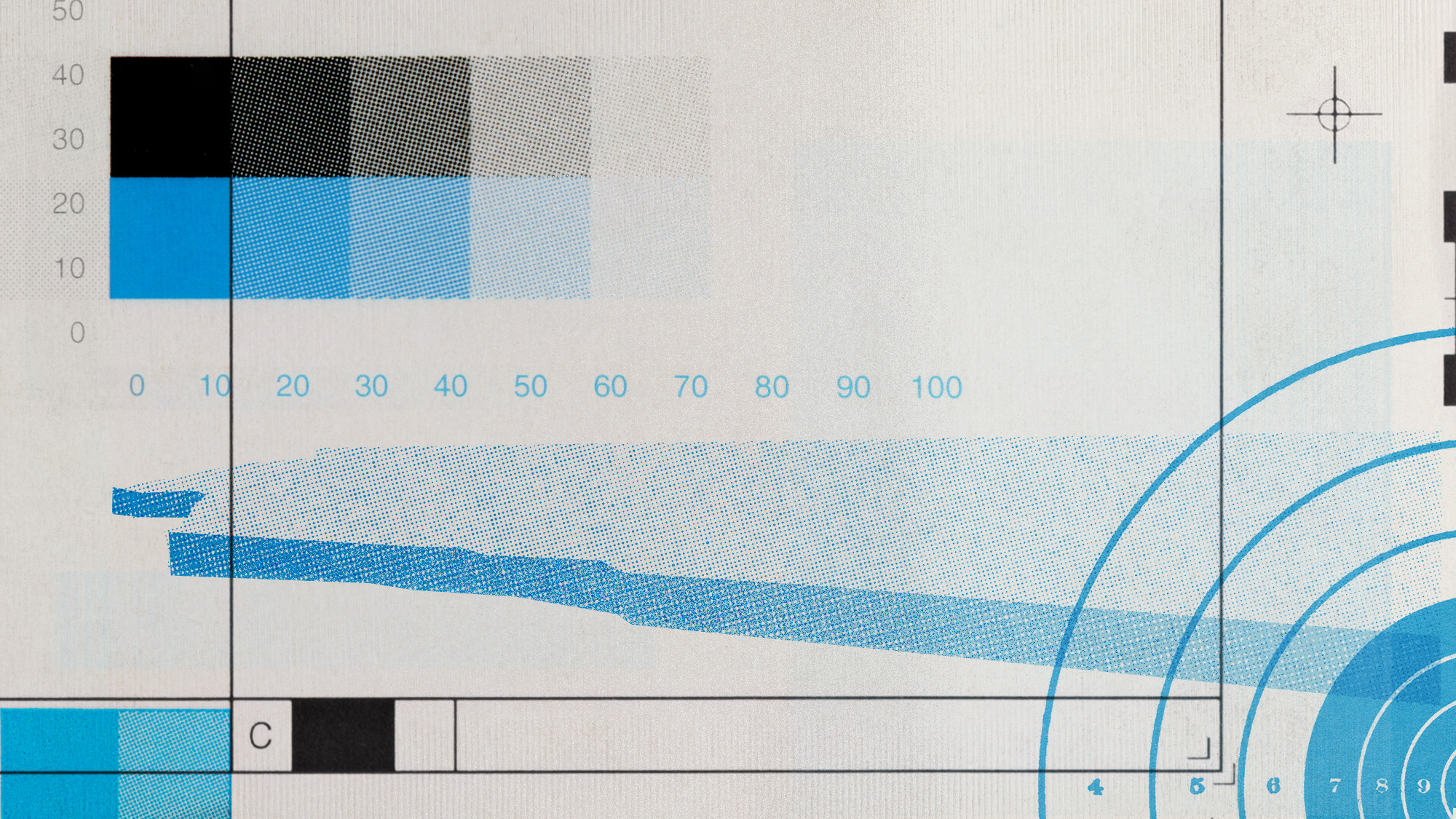The secret code in Mona Lisa's eyes: an instant guide
An Italian researcher claims to have discovered some Da Vinci code–like symbols in the iconic painting

In what's being called a "revelation" that "could have come straight from the pages" of Dan Brown's best-selling novel The Da Vinci Code, an Italian researcher says he has discovered tiny letters and numbers in the eyes of the Mona Lisa. Here, a guide to his claims:
What was found?
Researcher Silvano Vinceti, chairman of the Italian national committee for cultural heritage, says he's discerned the letters "LV" — "obviously Leonardo's initials" — on the Mona Lisa's right pupil. "Far more interesting," Vinceti says, are markings — which he's interpreted as the letters "B" and S," or possibly the initials "CE" — that he found in her other eye. "Leonardo was keen on symbols and codes to get messages across, and he wanted us to know the identity of the model using the eyes, which he believed were the door to the soul and a means for communication," says Vinceti. He also found the number "149" (with a fourth digit apparently having been erased) on the back of the painting.
The Week
Escape your echo chamber. Get the facts behind the news, plus analysis from multiple perspectives.

Sign up for The Week's Free Newsletters
From our morning news briefing to a weekly Good News Newsletter, get the best of The Week delivered directly to your inbox.
From our morning news briefing to a weekly Good News Newsletter, get the best of The Week delivered directly to your inbox.
How does this change anything?
It's long been thought that the famous painting depicts Lisa Gheradini, the wife of a Florentine merchant. Vinceti disputes this theory, hypothesizing that the "149" suggests that Da Vinci "painted [the portrait] when he was in Milan in the 1490s, using as a model a woman from the court of Ludovico Sforza, the Duke of Milan."
Why focus on Mona Lisa's eyes?
In a "Dan Brown–style plot device," one of Vinceti's colleagues found an old book in an antique shop that referred to symbols in the painting's eyes, triggering new scrutiny.
A free daily email with the biggest news stories of the day – and the best features from TheWeek.com
Haven't her eyes been thoroughly scrutinized before?
The newly discovered letters are apparently invisible to the naked eye. According to Vinceti, he and his colleagues zoomed in on high-resolution images of the painting to draw their conclusions: "Two expert painters we consulted on this tell us that all these marks, painted using a tiny brush and a magnifying glass, cannot be an error."
How credible is the researcher behind this find?
Vinceti, says Stephen Bayley in The Telegraph, is "not an archaeologist" but "rather a sensationalist television presenter." (Earlier this year, Vinceti claimed to have uncovered the lost remains of the painter Caravaggio.) Vinceti is part of a group that is seeking permission to exhume Da Vinci's remains. The group wants to examine the dead master's skull to re-create his face and see if the Mona Lisa is actually a self-portrait of the artist as a woman, as some believe.
So is this all malarkey?
The Telegraph's Bayley, for one, thinks it's a "crackpot idea," noting that "voyeuristic daftness [is always] swirling around Leonardo da Vinci." Da Vinci was "a genius," and we should "leave it at that."
Sources: Guardian, Telegraph, IOL News, Daily Mail
-
 What the new Making Tax Digital rules mean
What the new Making Tax Digital rules meanThe Explainer A new system will be introduced from April to overhaul how untaxed income is reported to HMRC
-
 The former largest iceberg is turning blue. It’s a bad sign.
The former largest iceberg is turning blue. It’s a bad sign.Under the radar It is quickly melting away
-
 Why Saudi Arabia is muscling in on the world of anime
Why Saudi Arabia is muscling in on the world of animeUnder the Radar The anime industry is the latest focus of the kingdom’s ‘soft power’ portfolio